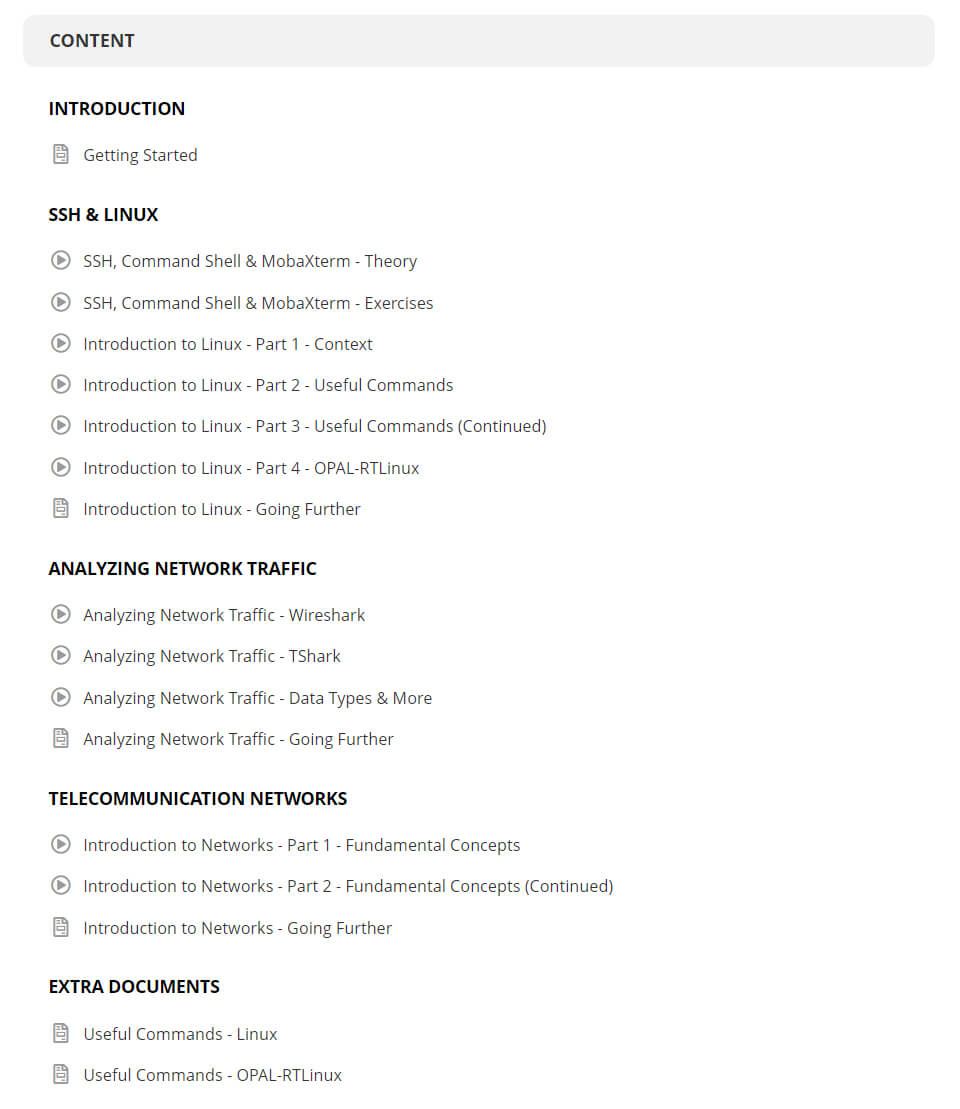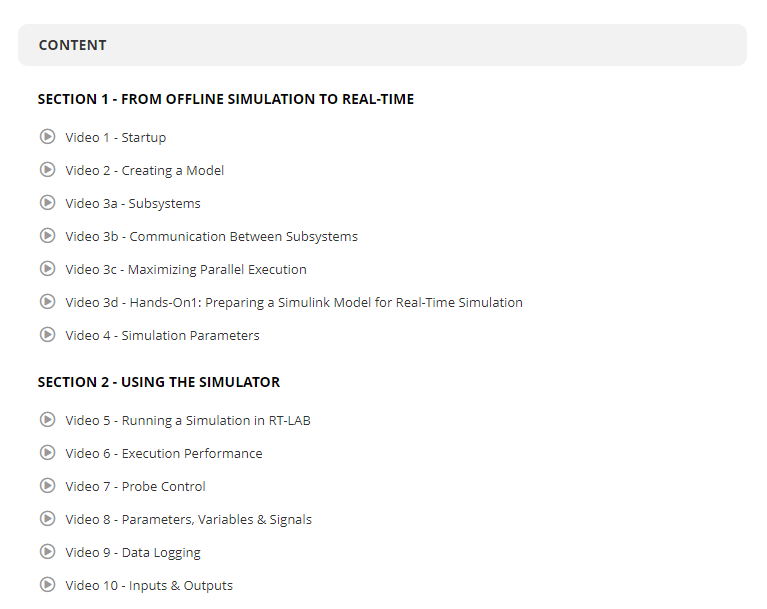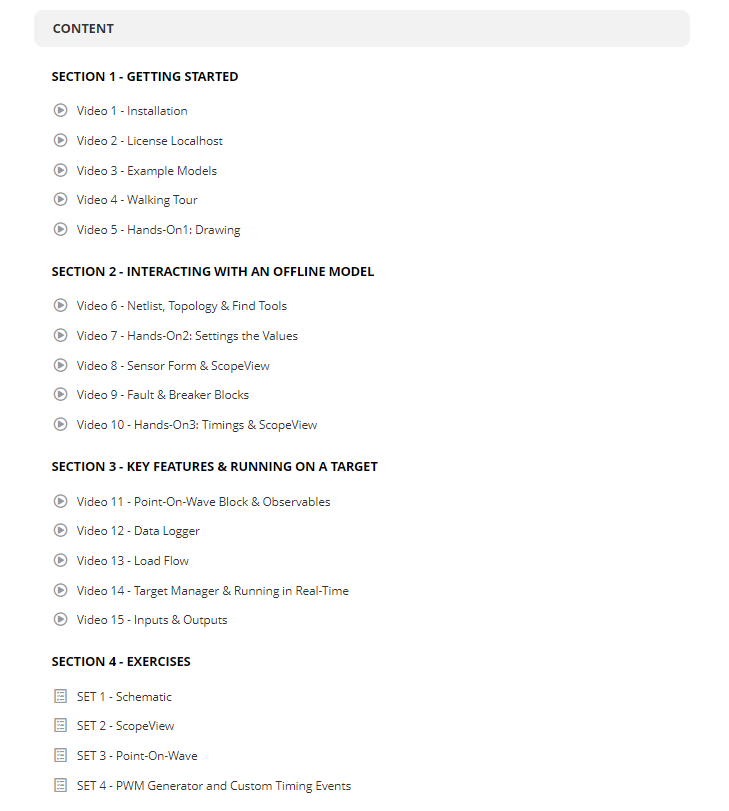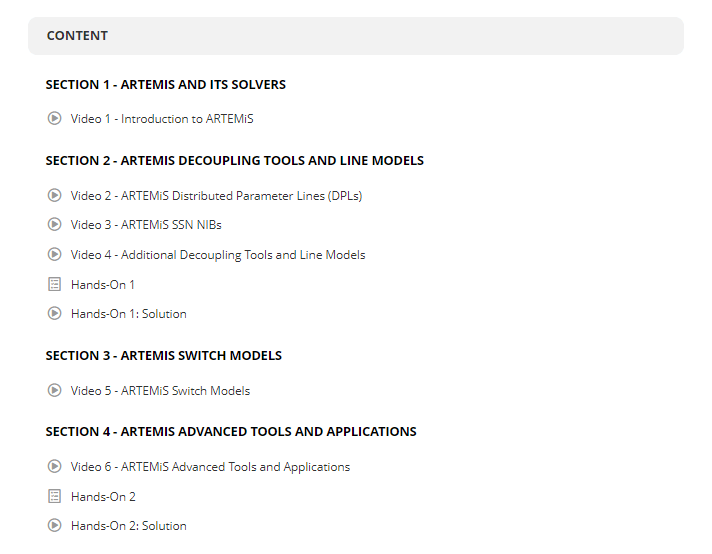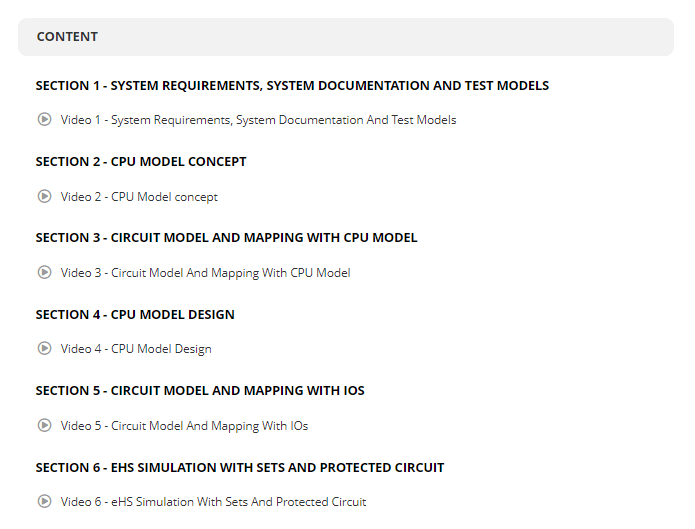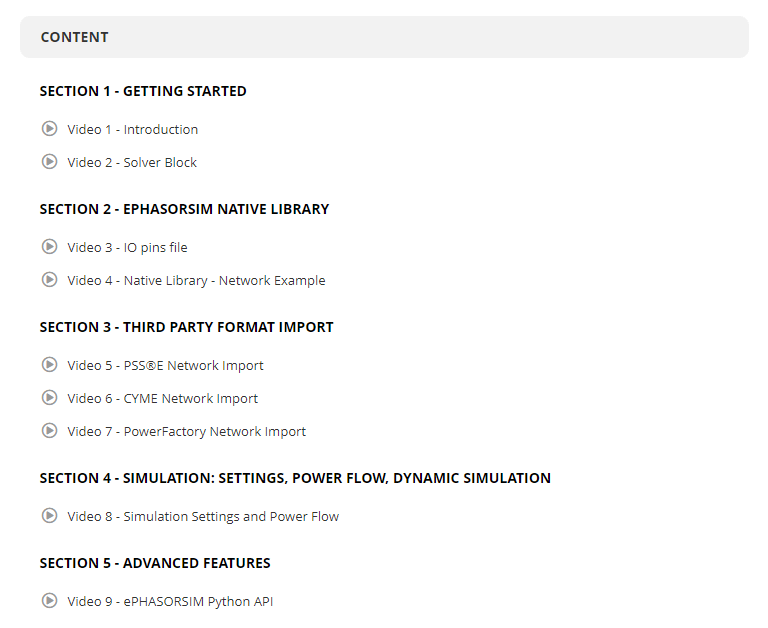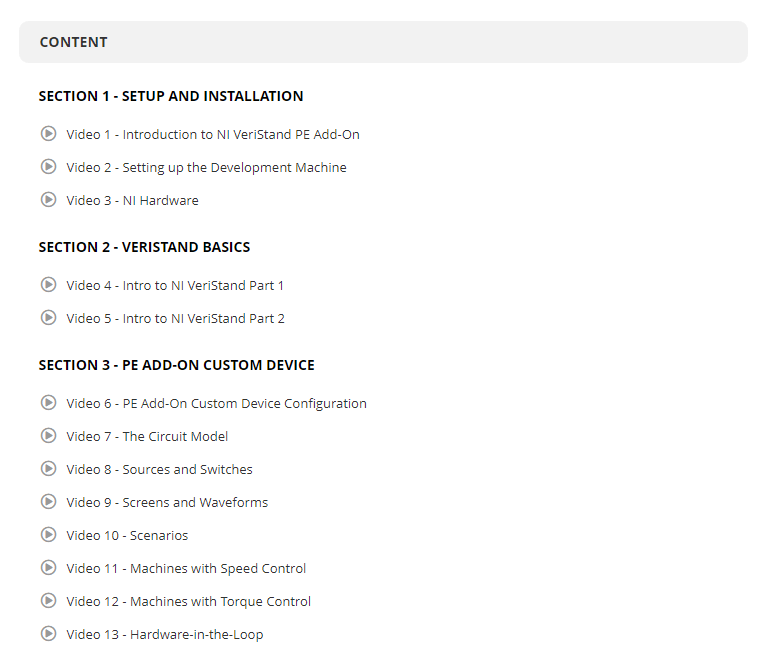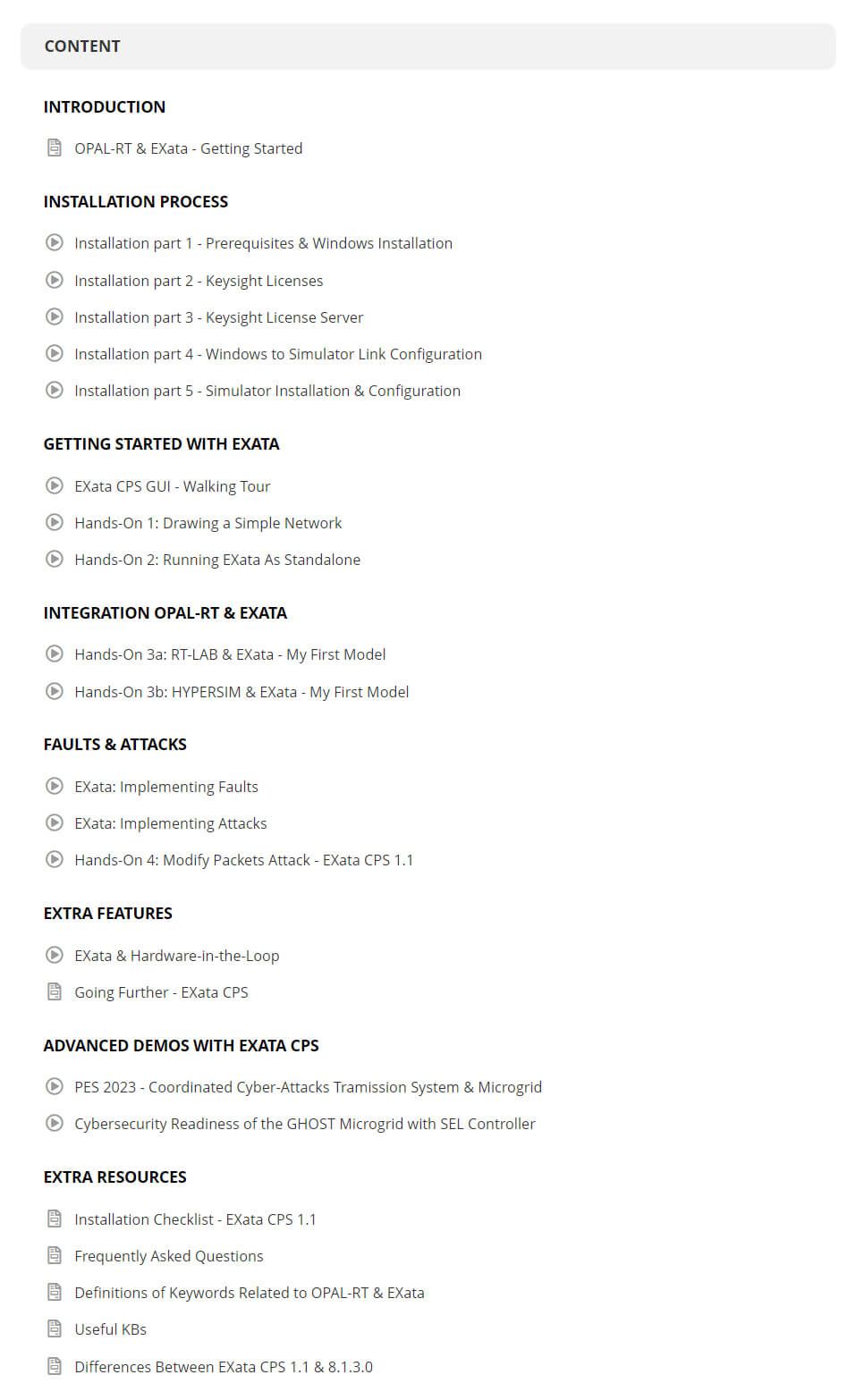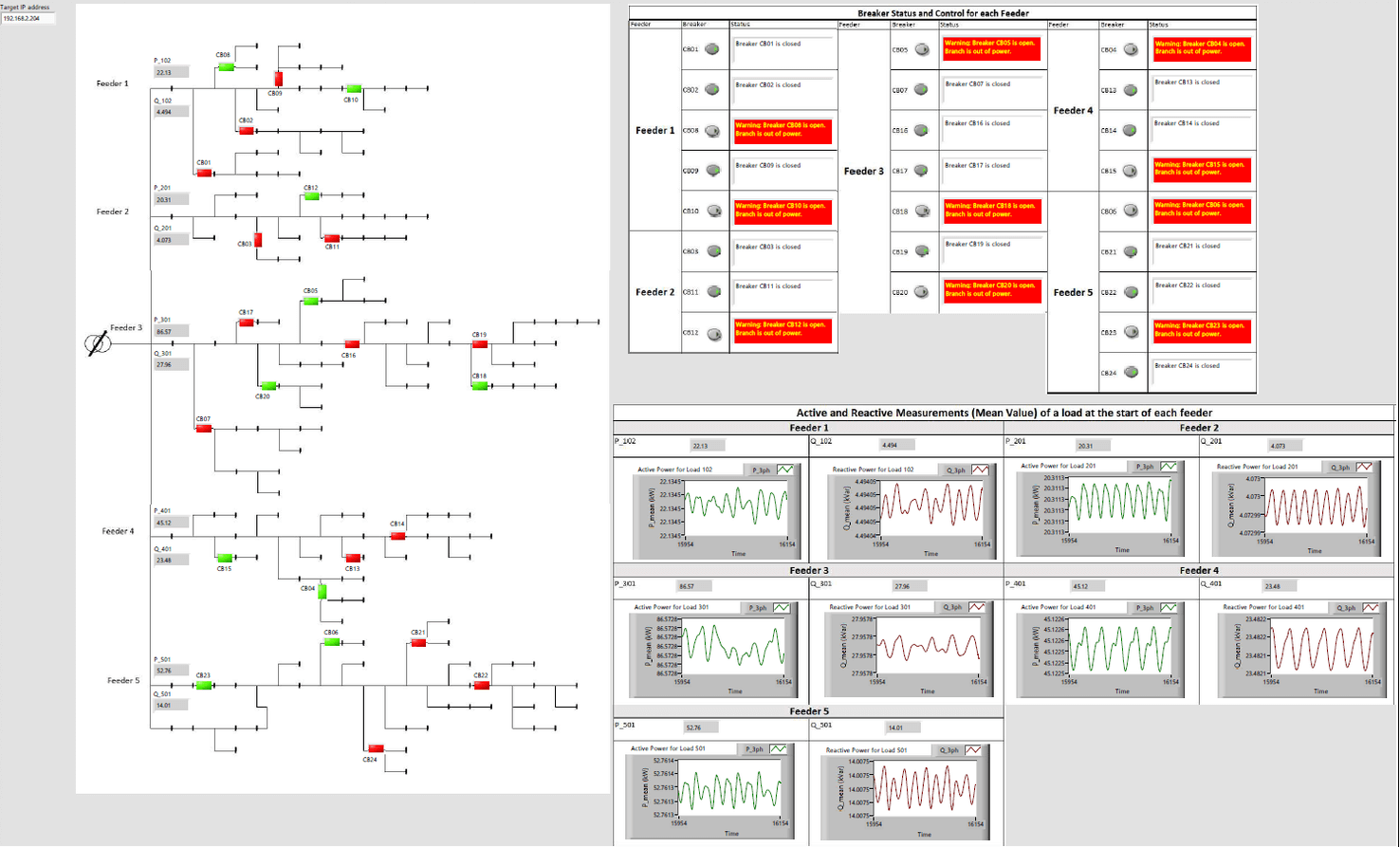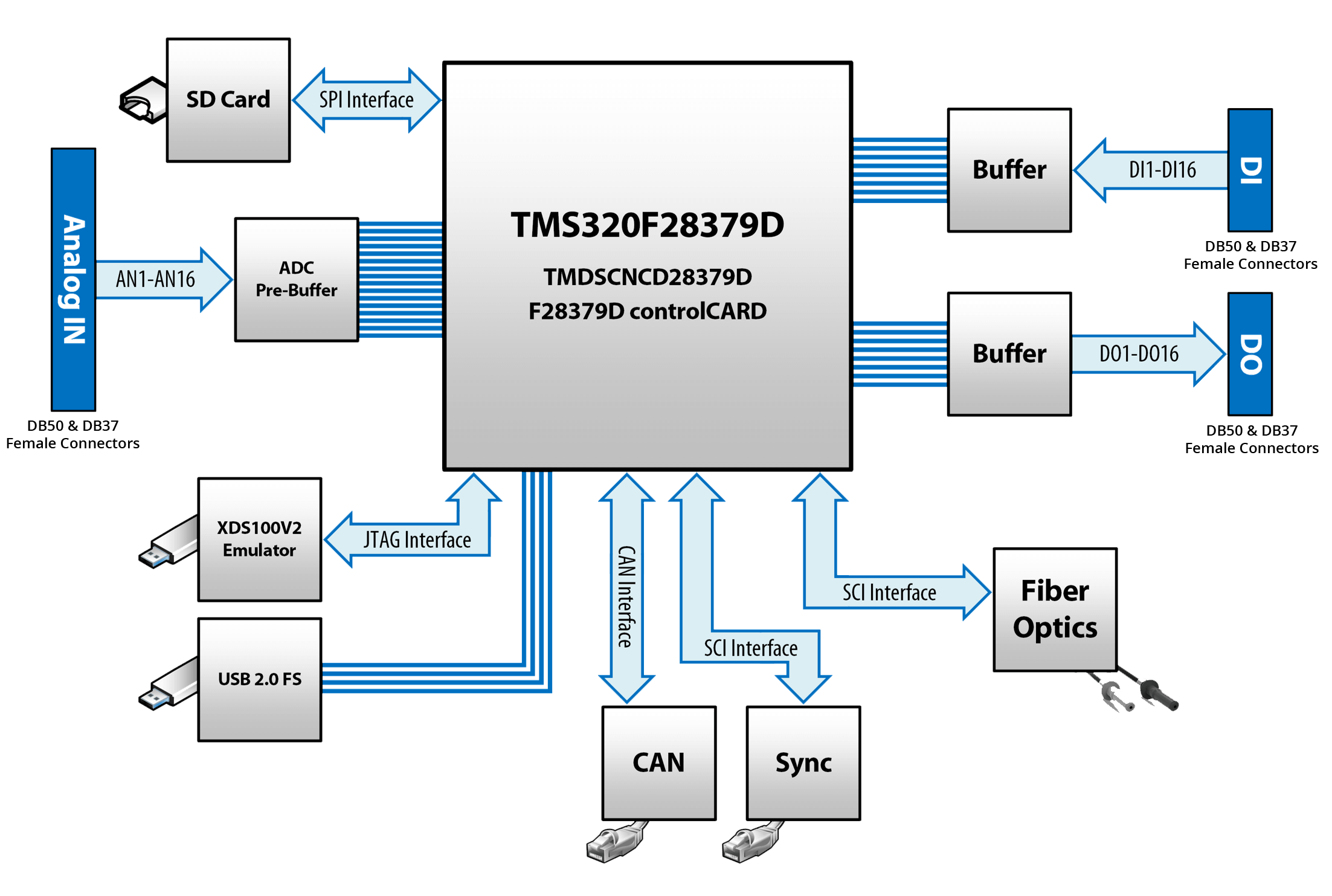Product News
February 19, 2020
OPAL-RT Serves up Steaming Hot Espresso: Coffee-in-the-Loop (CIL)!
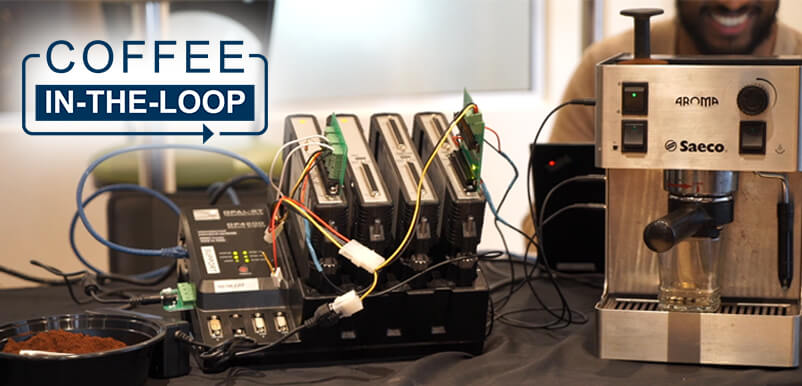
Café-in-the-Loop
Adapted from Christian Dufour at https://coffee.christiandufour.ca/2020/01/cafe-in-loop.html
Ph.D. and Senior Simulation Specialist, Power Systems and Motor Drives, OPAL-RT TECHNOLOGIES
This personal project has as its goal the improvement of my morning espresso made with my small yet very faithful 16-year-old Saeco Aroma espresso machine. It is still in a perfectly functional state having required absolutely no repairs, and in this way makes me think of my 2000 Camry.
In order to do this, I cabled my coffee machine to a real time simulator graciously provided by my employer, OPAL-RT Technologies: the OP4200. I used the OP4200 in Rapid Control Prototyping (RCP) mode, with the goal of quickly developing and testing several improved controller modes for my Saeco Aroma.


A Few Observations
I measured the flow rate at 7.5 millilitres per second from the vacuum pump under vacuum, and it comes in at a little less than that with tightly-packed coffee.
The specific heat of the water being 4.19 kilojoules/kg °C (or even kj/liter °C), it would thus require a 2.2kW water heater to bring the water from 22°C to 92°C to the above flow rate, that is, the flow with an empty coffee portafilter. Given the fact that the Saeco Aroma’s water heater is around 0.85kW, and this water heater is very small in size, even under PID control, the water temperature will without doubt drop during extraction.
There is also a sizeable delay (5-10 seconds) between the heating action of the water heater and the temperature’s reading change, which complicates the control.
Interestingly and as a sidebar, in normal mode, the Saeco Aroma activates its water heater if the temperature drops below 70°C, and turns it off when it reaches above 82-83°C. With the delay, the final water temperature rises to 92 °C in normal mode (although the water heater switches off at 82 °C)!
Solution Found
It ends up that the water flow must be reduced during extraction by modulating the action of the pump to obtain a lower average flow rate while operating the water heater at 100% during this time.

Tasting Notes
Numerous factors influence the perception of taste of a well-made espresso coffee, among them:
- The extraction temperature of the coffee (ideally between 92 and 95°C)
- The quality of the coffee and the fineness of the grind
- The time of day
- The percentage of caffeine suspended in the blood (for the real addicts)
- The general mood of the folks with whom you’re conducting the tasting
It does seem to me in the final analysis that my RCP espresso is moderately better than it was previously. But I may require several more tests before conclusive results are available.
What’s Next?
My clothes washer has broken this week, after only 18 months of use: dear god. (While running the diagnostics, I was able to determine the defunct principal controller card is the probable cause.) Thus I may choose to cable RT-LAB to my washer next, and see if I am able to get a whiter than white wash!



